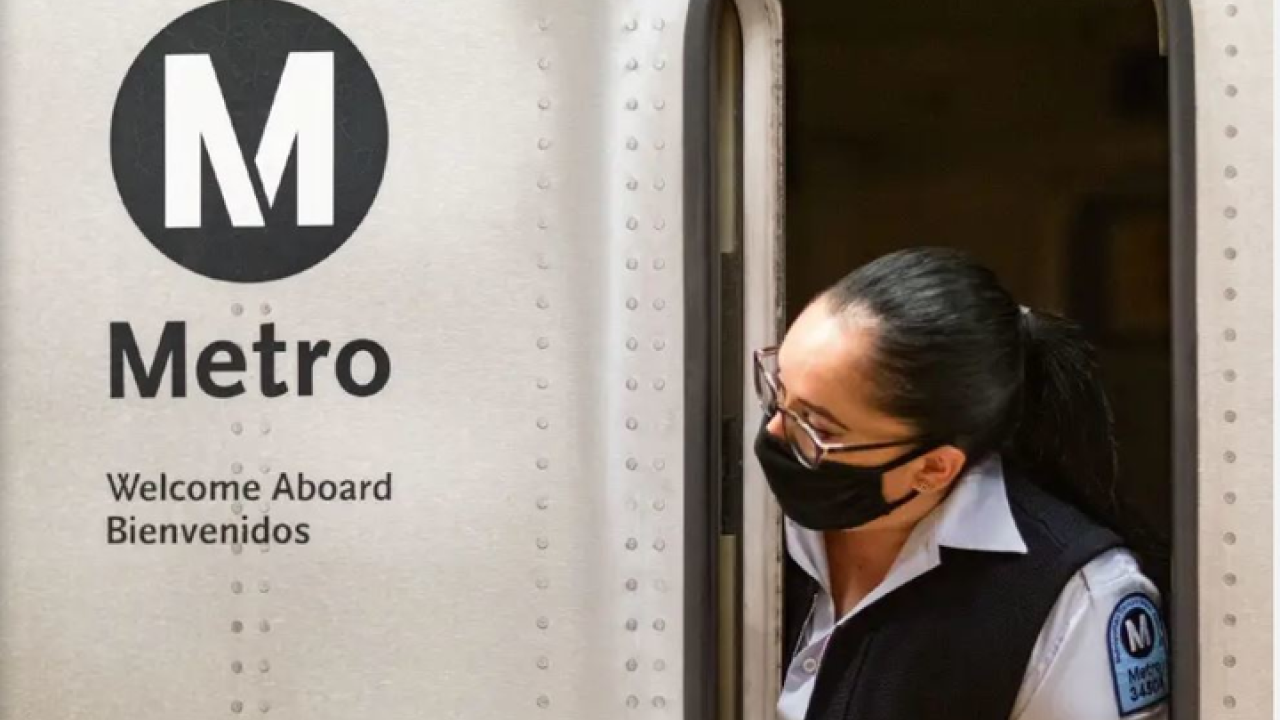Business, as usual, may have stopped around Los Angeles these last few months, but public transportation kept going. Bus drivers and train operators helped keep LA moving throughout the public health crisis, transporting thousands of people to and from their destinations. As we begin the road to recovery, LA Metro, Santa Monica Big Blue Bus, Culver CityBus, and other transit agencies continue to prioritize the safety and well-being of bus and rail passengers.
LA Metro
Metro recently made bus service changes to enhance physical distancing, adding more trips on 95 heavily used bus lines. Larger, 60-foot articulated buses for trips on select lines are also running to support physical distancing. Passengers continue to board and exit buses through rear doors only, except those with a mobility device or accessibility need and, must wear face coverings when riding. Bus operators also have a transparent protective barrier to help them isolate themselves from passengers.
In a new report, Metro outlines plans to improve mobility in the wake of the pandemic and get LA County back on wheels and rails. The action recommendations include surveying Metro customers on their transportation needs and experiences, testing and implementing new cleaning practices, and partnering with local cities to accelerate projects that speed up buses – for example, bus lanes.
Santa Monica Big Blue Bus
Big Blue Bus continues to provide service with schedule modifications across some routes. Safety procedures in place to help prevent the spread of COVID-19 are daily cleaning and sanitizing, mandatory face coverings, boarding and exiting through the rear door only, plus a designated physical distancing area to ensure operators and customers can maintain a safe distance. Operators are also provided with hand sanitizer, disinfectant wipes, and personal protective equipment.
Fare remains temporarily eliminated to keep bus riders farther away from bus operators.
Culver CityBus
Culver CityBus is also offering free rides and requires face coverings on board. Passengers must use the rear door only to limit interactions between themselves and operators. The front doors are only for those who need support due to ADA mobility devices. Rigorous sanitation continues and, hand sanitizers are available on buses.
Efforts by other transit agencies serving the UCLA campus include Antelope Valley Transit Authority's policy of 50% reduced maximum seated occupancy, along with requiring a mask or cloth face covering, until further notice.
Additional Tips to Stay Safe on Public Transportation
Always check for the latest information on changes to services and procedures, avoid touching surfaces, follow physical distancing guidelines, and practice hand hygiene. After you leave a transit station or stop, use a hand sanitizer containing at least 60% alcohol, and when you arrive at your destination, wash your hands with soap and water for at least 20 seconds.
International Studies on Riding Transit During the Pandemic
- Fear of Public Transit Got Ahead of the Evidence
- In Japan and France, Riding Transit Looks Surprisingly Safe
- Is the Subway Risky? It May Be Safer Than You Think
- Measure the risk of airborne COVID-19 in your office, classroom, or bus ride
- Paris Study
Photo Credit: LA Metro






